Disclaimer: This page contains advertisements and/or affiliate links. We receive compensation from clicks and/or purchases made through these links. Though we may not have tested the specific product(s) mentioned, we do our best to recommend products that are beneficial to our visitors.
How To Control Nitrate and Phosphate in a Saltwater Aquarium
Last updated on July 12th, 2024

Why Control Nitrate and Phosphate
With the announcements and releasing of automated testing units that include nitrate and phosphate measurements, such as the Trident NP and Hydros Maven, I wanted to look into ways to control and stabilize these Nutrients. Now that you have the ability to see Nitrate and Phosphate every day, it makes sense to not only monitor these nutrients, but also be able to automatically add and remove Nitrate and Phosphate!

Raising Nitrate and Phosphate
I'm going to start with the easy one. Adding nitrate or phosphate is as simple as 2 dosing pumps. You just need to
add products such as the Brightwell NeoNitro or
Then just decide a maximum amount you want to let the parameters raise per day, and set the doser to that amount. Then decide what levels you want your reef to be at. Let's look at an example for Nitrate.
Let's say the lowest you want the nitrate level in your aquarium to be is 5 ppm. You would set the dosing pump to add 1 ppm worth of nitrate additive per day. Then the program would be as simple as:
IF NITRATE > 5 THEN OFF
For phosphate, you would want something around 1/100 of the nitrate. So in this case, it would be 0.05 ppm. So set the dosing pump to enough additive to increase phosphate by 0.01 ppm per day. Then the program would be something like:
IF PHOSPHATE > 0.05 THEN OFF
Automatically raising nitrate and phosphate in your saltwater aquarium really is that simple. Next is how you would decrease them.
Automatically Reducing Nitrate in Saltwater Aquariums
Reducing aquarium nitrate automatically is quite a bit more difficult than increasing it. Most of the normal solutions like a refugium or protein skimmer aren't really something you would use to automate this. While they definitely work on their own, they aren't really predictable enough to use in a controlled way.
While not the most predictable, you could turn a refugium light on if the nitrate is high, and off if it is low. There are a few problem with this idea. The first is that as the macroalgae grows, the amount of nutrients reduced will change. Making this method of control inconsistent. Another challenge is that it would affect phosphate and pH levels as well.
Another option might be to dose a chemical solution such as Red
Sea NO3:PO4-X. You could dose enough to reduce the Nitrate by 1ppm per day, and away you go. The down-sides
include the cost, and that phosphate is affected as well. A cheaper solution would be to
Article: Learn more about Carbon Dosing
While I would consider automated carbon dosing, there are two other ideas I would consider more. The first is to
set up a media reactor with a nitrate specific media. This might be something like the
The other option, that I personally would lean toward is to do nothing. Simply use a good refugium or macroalgae reactor to remove nitrate and phosphate, and if nitrate or phosphate start raising, reduce feeding and look for any other nutrient source. I know this isn't as high tech or controllable, but it's effective. Additionally, if your refugium is stronger than your regular nutrient additions, then you will only need to worry about raising nutrients and the rest should solve itself.
Automatically Reducing Phosphate in Saltwater Aquariums
I will start automated phosphate removal with where I ended automated nitrate removal. I would likely not do anything and let a refugium, algae reactor, or algae scrubber do the work. Then just automate the addition of phosphate. For phosphate, I would also consider using a media reactor using GFO to remove phosphate. Then simply control this with your reef tank controller to turn off the input pump if the phosphate is within your desired range.
If you wanted though, you could use a chemical solution such as Red
Sea NO3:PO4-X, Brightwell Phosphat-E, or even
That said, with all of the options available, I would still target a system that over-uses nitrate and phosphate so that you only need to worry about adding nutrients rather than removing them.
Conclusion
At the end of the day, there are a number of ways to automate nitrate and phosphate levels. To be honest though, the reduction may be easier to do with a manual system like a refugium or macroalgae reactor. Then you can easily add nutrients as needed to maintain stability. It may be worth manually adding nutrients through supplements or even extra feeding and not overcomplicating your aquarium.

About the Author
John Krenzer

John is a Software Engineer with a passion for saltwater aquariums, as well as the founder and president of Reef Stable. He started in the aquarium hobby as a child with a 20 gallon freshwater aquarium. His interest in aquarium life grew and in 2008, John set up his first saltwater aquarium.
Today, John maintains an over 300 gallon reef tank system, consisting of a 120g reef and a 210g reef. These large tanks are contained within the same system, sharing a sump as a means to reduce total maintenance and increase total water volume.
John writes articles for the blog as a means to learn about more reef aquarium topics. These articles act as a reference for the readers as well as himself. John updates these articles frequently to provide additional information or make corrections as new information becomes available.
If you would like to request an article, tank tour article, or to collaborate, let me know via the





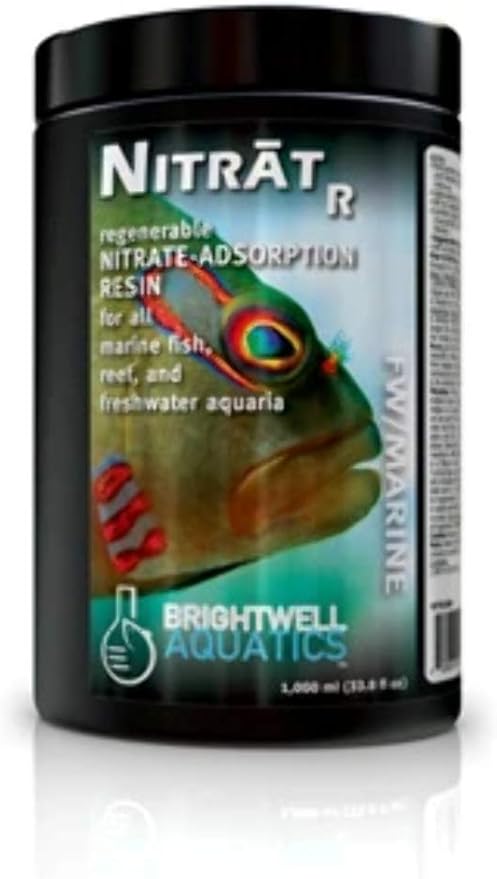
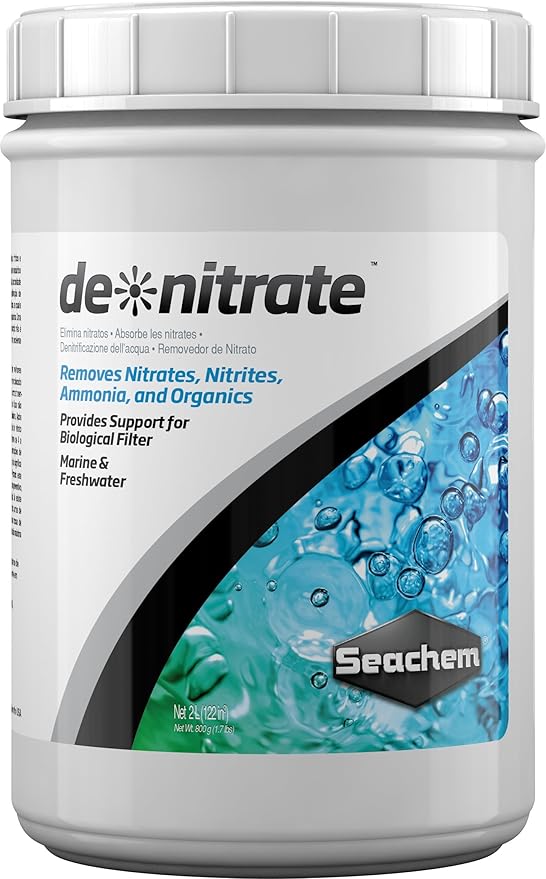
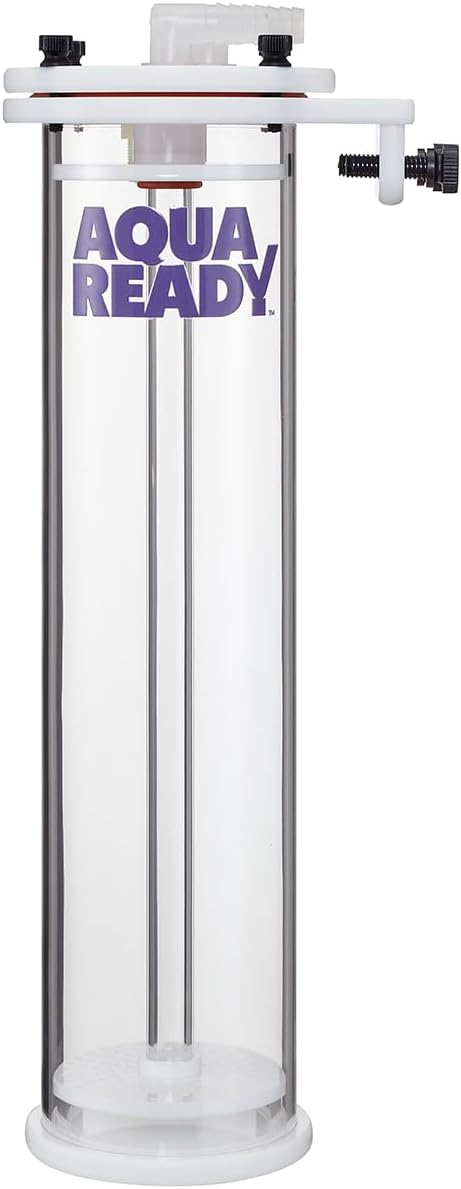
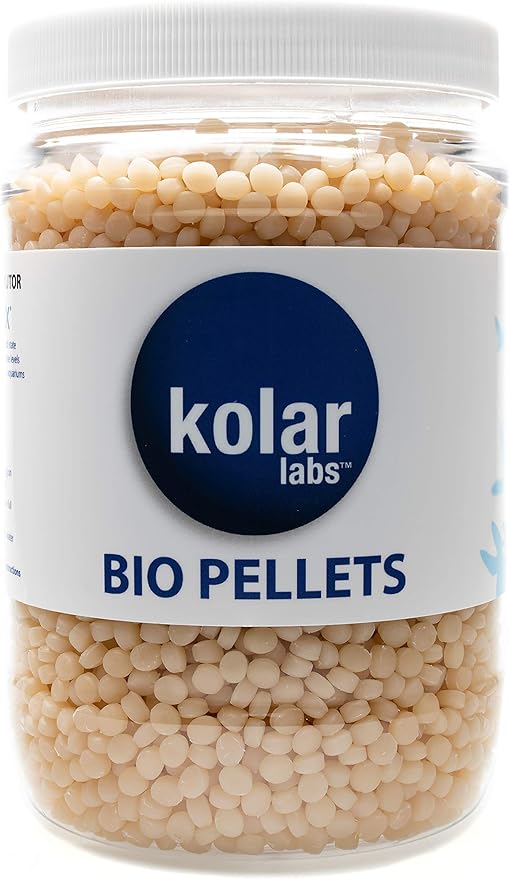
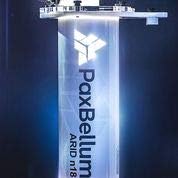

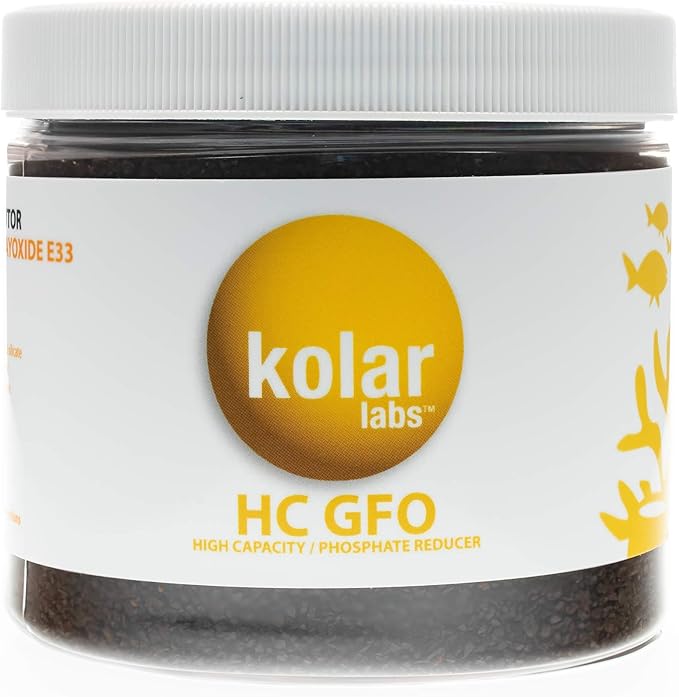




Social Media